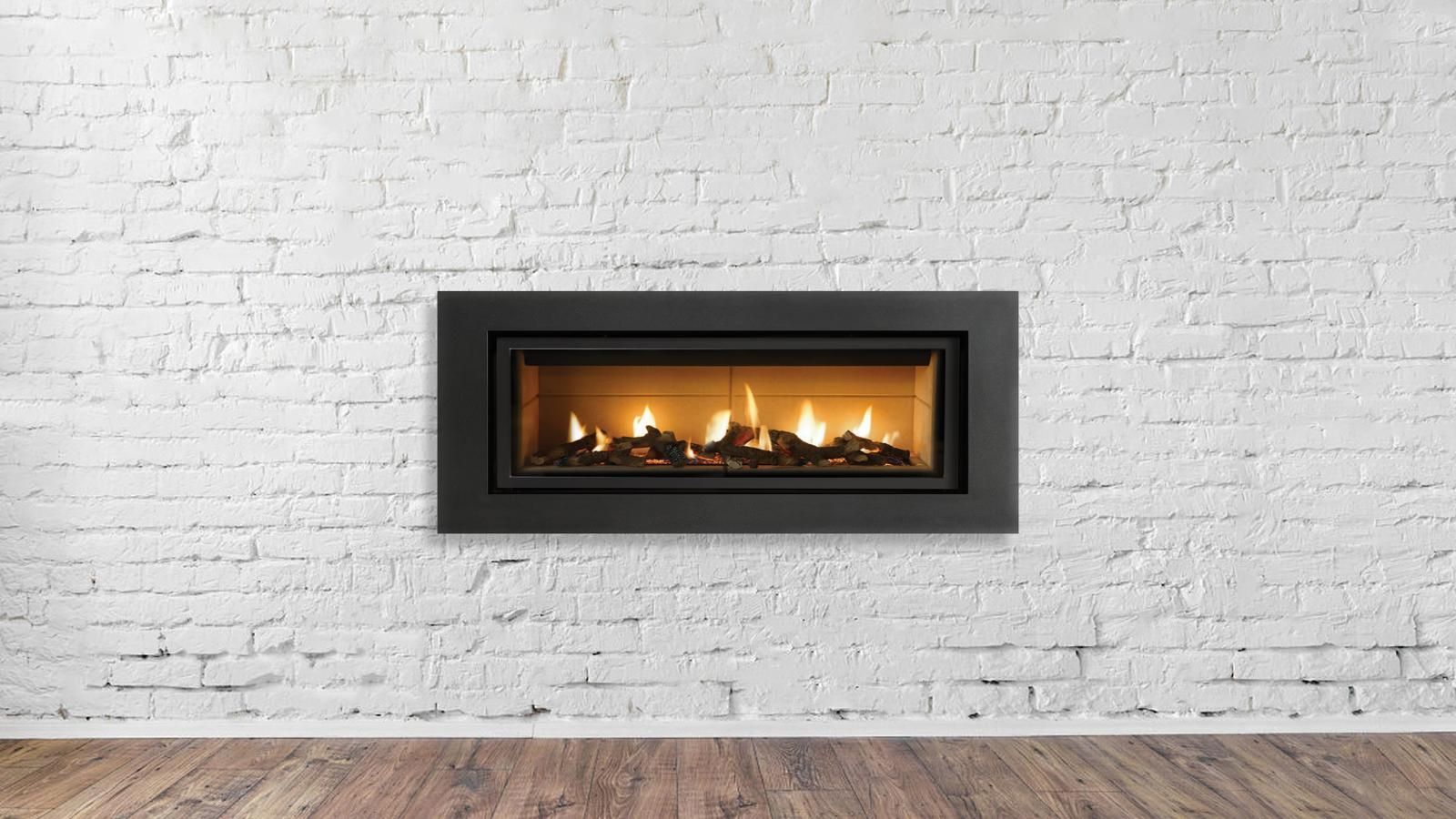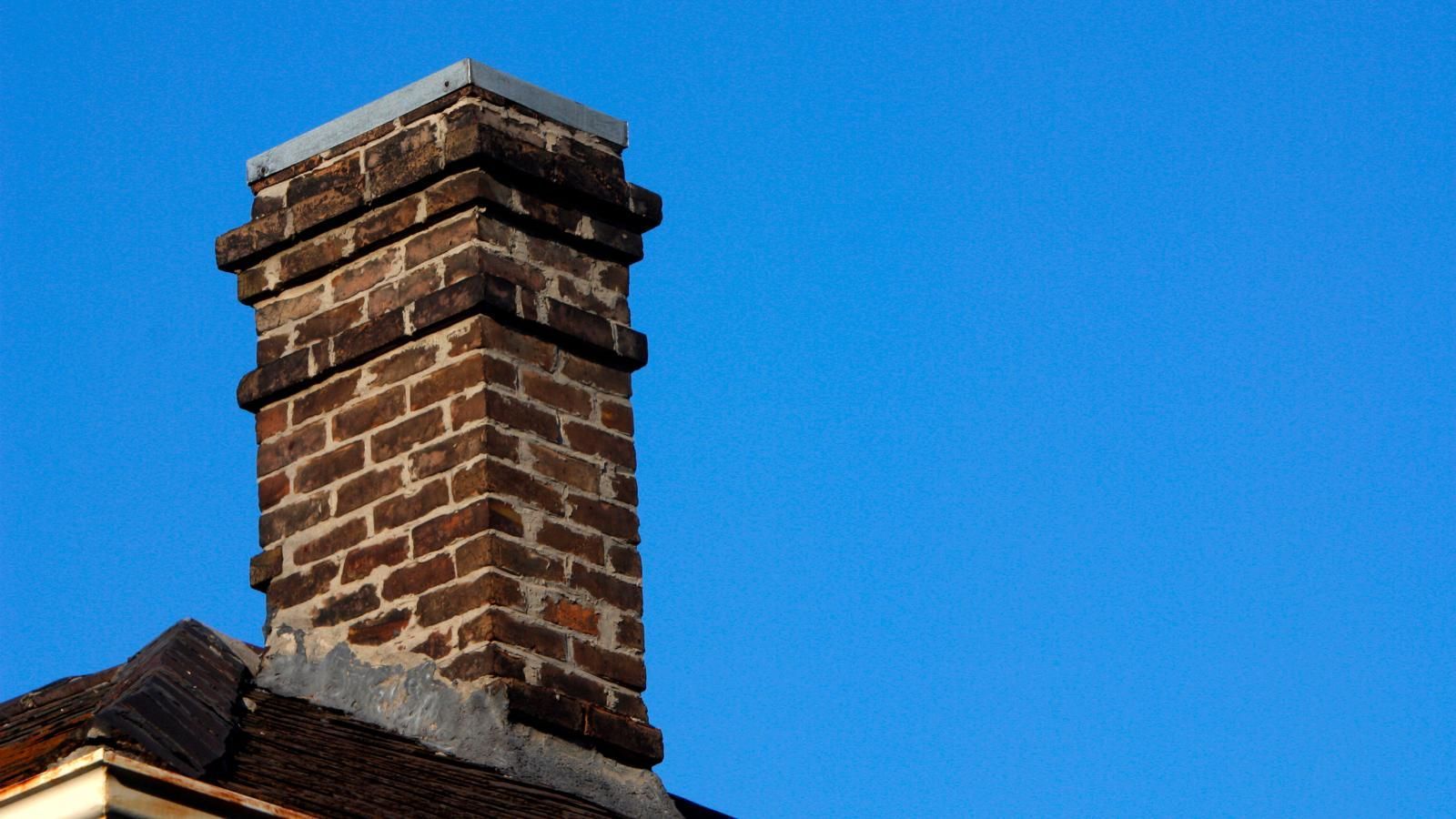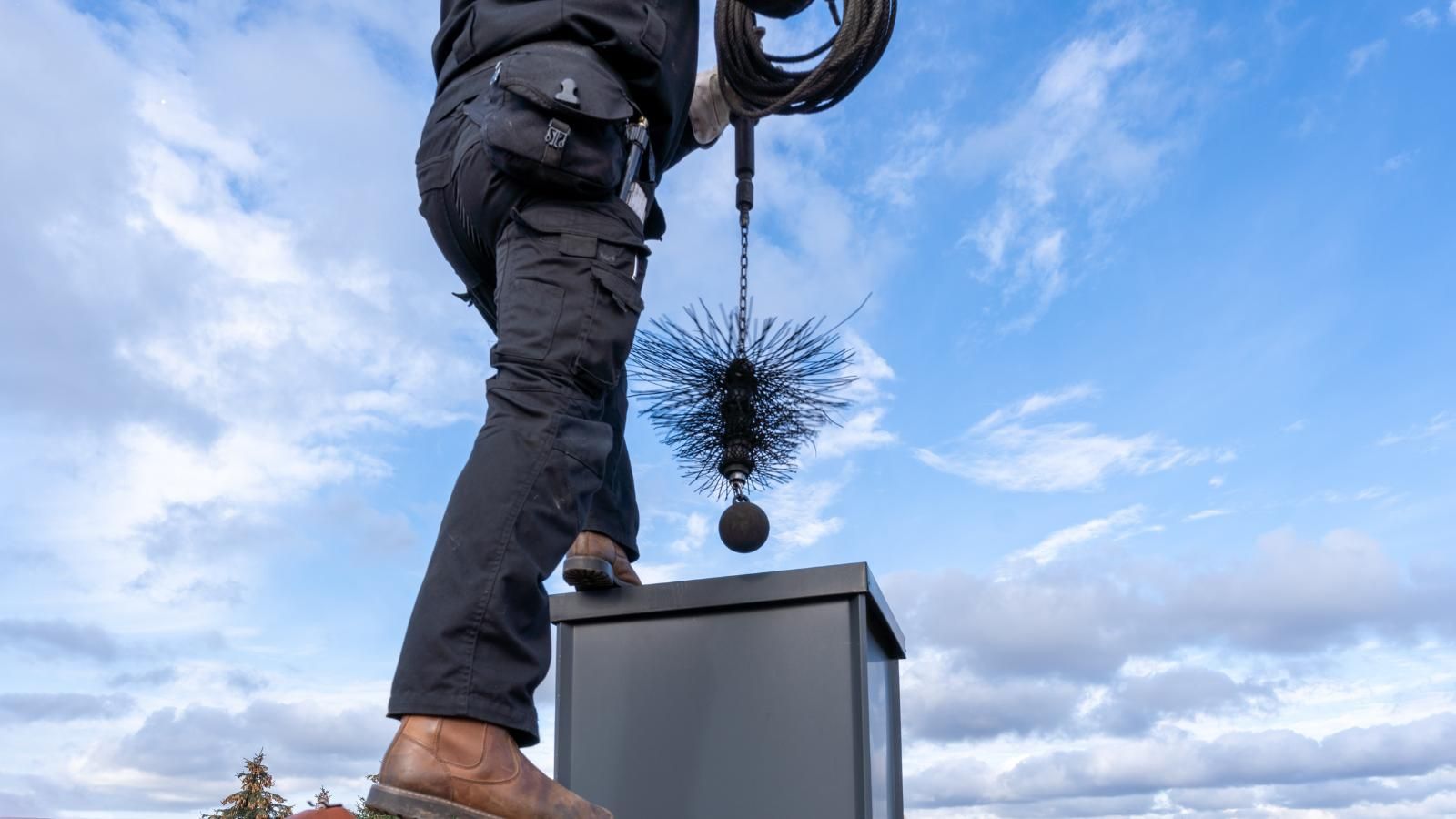What Is A Gas Fireplace Insert & Key Safety Tips
When the chill of our Kansas City winters takes hold, the instant warmth of installing a gas insert brings cozy comfort to your living room. They are a favored upgrade for homeowners looking for modern efficiency combined with the charm of a traditional hearth.
True, gas logs are aesthetically pleasing, but offer minimal heat. Inserts deliver real warmth, energy savings, instant convenience, cleaner combustion, consistent heat, and sleek design options. No wonder they’re a popular fireplace solution for many homeowners.
Before installing an insert, you should know how to keep it safe and operating optimally. This blog will help you make an informed decision that keeps you safe and cozy all winter long.
We’ll discuss:
Gas Fireplace Inserts Offer Efficiency, Style & Safety

A gas fireplace insert is a sealed heating unit that converts your existing wood-burning fireplace into an efficient, low-maintenance heat source. Traditional open fireplaces lose up to 90% of heat through the chimney. Gas inserts maximize warmth, reduce energy waste, and burn cleaner than wood heat.
With a single touch, gas inserts (controlled with a wall switch or remote control) conveniently combine the coziness of a glowing fire with energy savings and low environmental impact.
Gas inserts offer an ideal balance of form, function, and safety while enhancing your home’s ambiance – something to consider if you’re building a new fireplace or retrofitting an existing fireplace.
Gas Inserts vs. Gas Logs—What’s the Difference?
Gas logs are decorative ceramic pieces placed in an open fireplace to replicate the look of wood logs. They are easy to install and provide an inviting flame, but offer minimal heat and can draw warm air from your home up the chimney.
Gas inserts are designed with sealed systems that contain and direct heat into your living space. Compared to gas logs, inserts retain more warmth, reduce drafts and heat loss, and are much more energy efficient. The long-term energy savings, cleaner combustion, and increased safety through controlled ventilation, makes the extra cost of a gas fireplace inserts a wise investment.
What a Gas Insert Installation Involves
Gas inserts should only be installed by certified professionals for safety and code compliance assurance. Homeowners have the benefit of fitting a gas insert into their existing fireplace while upgrading its function.
Direct vent systems are usually installed with dual liners that run up an existing chimney to handle both intake and exhaust. Certified technicians also install the gas line hookups in accordance with safety standards and building codes. Permits and inspections may be required in your area to validate the proper installation. This process ensures your new insert will run safely and efficiently.
How Much Does a Gas Fireplace Insert Cost?
When considering your budget, it is helpful to factor in the upfront cost with the long-term investment. The cost of a gas fireplace insert ranges from $2,000 to $5,500, depending on the model, size, and features. Labor costs can add another $1,000 to $2,500 depending on masonry modifications, venting, and gas line upgrades.
Pricing is influenced by:
- Converting from a wood-burning fireplace
- The capacity and design of the gas insert
- Features like remote controls or thermostats
- Inspection, permit, and compliance fees
The initial cost of gas inserts can seem high, but over time, they offer remarkable energy savings over wood-burning fireplaces and electric heating. Homeowners in Kansas City can rely on the local installation experts at Best Chimney Services LLC to deliver tailored service packages that make the process more affordable and stress-free.
Also Read: What You Need to Know About Chimney Sweeping
What Safety Tips Should I Know for Gas Inserts?
You can have confidence that your gas fireplace insert is designed and installed with safety in mind, however, all appliances need proper care and maintenance.
Follow these easy, expert-backed safety tips:
- Schedule professional yearly inspections and cleanings: Maintenance keeps the venting system clear, connections secure, and its operation working safely and efficiently.
- Keep flammable objects away from your insert: Heat radiates more than you expect.
- Install carbon monoxide (CO) detectors near sleeping areas and in rooms with gas appliances: CO is colorless and odorless, making detectors essential.
If you experience a persistent gas smell, issues with lighting the unit, or unexpected shutdowns, you may have ventilation issues or a gas leak. In such cases, seek professional assistance immediately.
Stay Warm & Worry-Free with a Gas Insert from KC Chimney
Cooler weather will soon set in. With some of our favorite holidays right around the corner, wouldn’t it be great to transform your fireplace into a smart, stylish, reliable heat source to enjoy all winter long? Gas fireplace inserts are a fabulous upgrade for Kansas City homeowners looking to boost the comfort and value of their home.
Professional installation and routine maintenance will give you the most enjoyment from your gas insert. Annual inspections, cleanings, and safety checks will keep your unit running smoothly and safely for years.
Whether you’re investigating the idea or ready to install, Best Chimney Services, LLC is here to help. Our friendly, certified team will give you the best advice, handle the installation, and keep your fireplace system in top shape.
Contact
Best Chimney Services LLC serving all of KC, including Stilwell, KS, today to schedule your gas insert installation or consultation.



